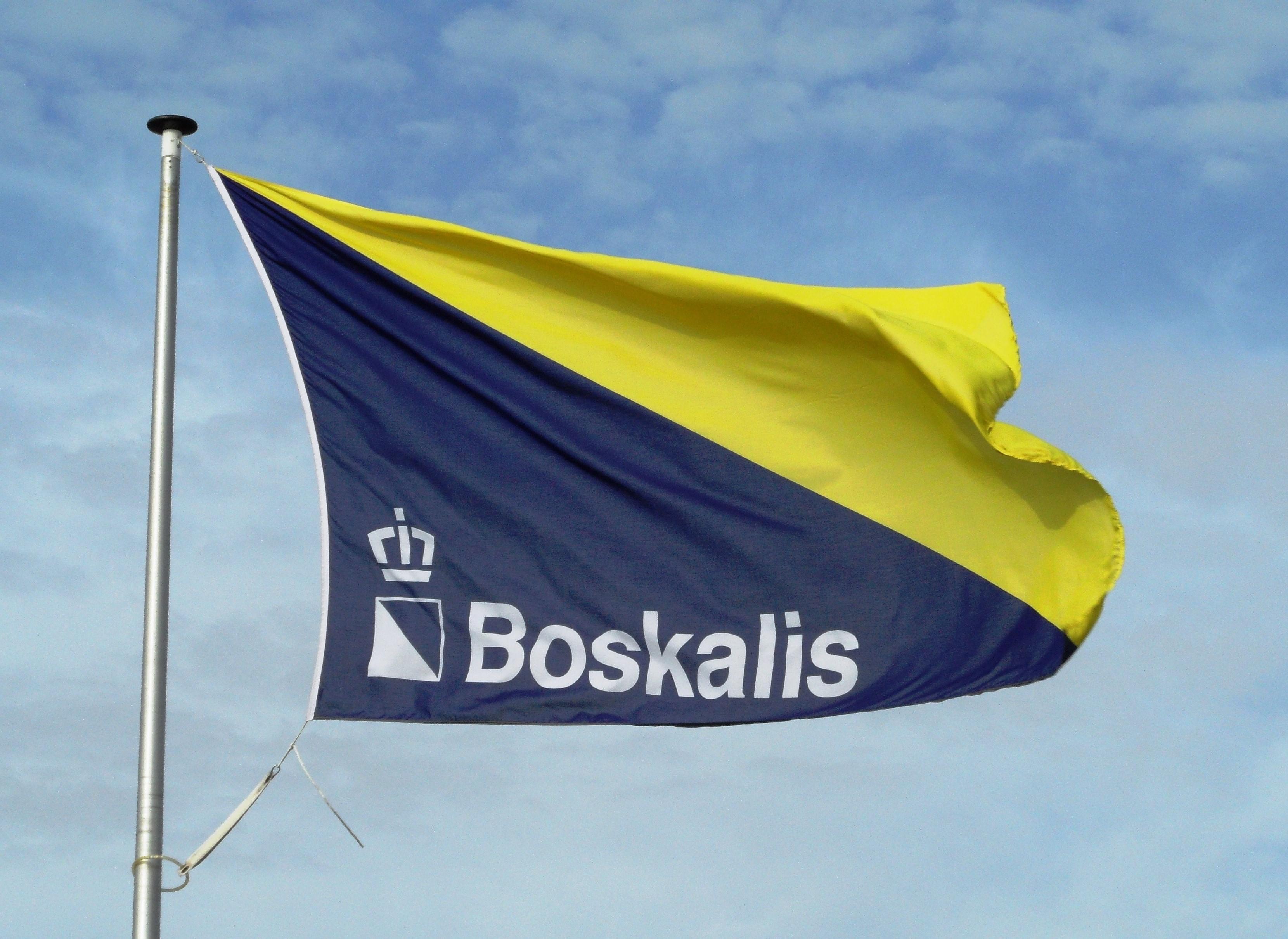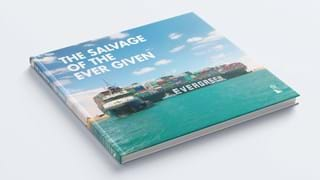The most common salvage incidents involve vessel groundings but, occasionally, fire casualties also occur. These require a major response if lives, the environment and property are to be safeguarded. One such accident occurred during March, when the chemical tanker ‘Stolt Valor’ suffered a midships fire and explosion whilst in Middle Eastern waters.
SMIT Salvage was awarded a Lloyd’s Open Form and organised a decisive response. SMIT mobilised five tugs and various (fire-fighting) equipment. With the fires extinguished, the salvage team set to work to prepare this vessel for a ship-to-ship transfer of cargo to a lightering tanker. This open ocean STS took place from March in to April and involved the discharge of two chemical parcels, MBTE and IBAL. As the STS began, efforts continued to find a place of refuge for this severely damaged tanker.
As this operation unfolded, another SMIT Salvage team – based in the Far East – responded to the bulk carrier ‘Ocean Corona’, following reports of an unexpected trim. Once again, a transfer of cargo is required. This will involve a part discharge of the casualty’s iron ore cargo.
Also in the Far East, work continues on a major wreck removal, concerning the vehicle carrier ‘Hyundai 105’. This vessel went down off Singapore in 2004, following a collision with a Japanese tanker. The wreck, fully inverted on the seabed, at 90-metre water depth, contained over 5,000 cars.
This project is a substantial enterprise, similar in scale to the removal of the wreck of the vehicle carrier ‘Tricolor’ in the English Channel some years ago. SMIT Salvage began work on the ‘Hyundai 105’ contract in mid-2010, deploying the floating sheerlegs ‘Smit Cyclone’ and ‘Taklift 1’, together with a fleet of six barges. The first phase involved the horizontal chain cutting of the vessel’s double bottom, engineroom and main engine. The wreck was then chain cut vertically into sections, for removal by SMIT’s 600 tonnes hydraulic wreck grab.
This grab was modified from its original mechanical configuration for this project. It was tested successfully during February of this year and mobilised to ‘Smit Cyclone’ in early March. This gigantic grab is now removing cars, deck sections and accommodation. It will then clear debris at the site. It is expected to finish the contract over the next few months.
The big grab’s powerful bite has done much to progress the work; average production achieved on site has exceeded all expectations. The ‘HDW1’ is a powerful wreck removal tool – in one grab it removed 45 cars.
The remains of ‘Hyundai 105’ are being transported by barge to a local scrapyard. Large sections are lifted onto a Giant Class barge, functioning as a floating work platform. They are then separated, cut up into smaller sections and loaded onto the barges.
The production rates on site have been boosted by Boskalis’ survey and monitoring instrumentation, now fitted to the big grab. This allows for precise positioning and has greatly reduced the number of unproductive grab cycles.
Bunker recoveries
SMIT Salvage assignments during the first quarter included pollution prevention activities at the island of Giglio, Italy, following the tragic accident involving the cruise vessel ‘Costa Concordia’. There was also a bunker recovery operation near the port of Augusta, Sicily, following the grounding of the chemical tanker ‘Gelso M’ during a violent storm. First quarter operations also involved another fire case, the ‘Buenos Aires Express’. This vessel reported fire in the engineroom at a position 60 miles off the Brazilian coast. The fixed CO₂ system extinguished the fire and the casualty was towed to safety.
Operations in February included the general cargo vessel ‘Le Shan’. This ship grounded off Tema, Ghana, whilst laden with steel products and a deck cargo of dumper trucks. The vessel refloated on February 14.
There were two salvage cases in the Brazilian Parana River in January. The laden bulk carrier ‘Aristeas P’ grounded at Km 310 and blocked the channel. SMIT Salvage received a Lloyd’s Open Form 2011 contract and the salvage tug ‘Alianza Rosario’ and support tugs were mobilised. The ship was refloated successfully, following the discharge of 2,000 tonnes of her cargo of 30,650 tonnes of soya pellets.
The second Parana case concerned the 37,000 DWT bulk carrier ‘Nord Barcelona’, with a grain cargo. This vessel grounded at Km 396. In this instance, the casualty was refloated without cargo discharge. This operation – a Lloyd’s Open Form 2011 contract – was performed by the tugs ‘Zonda l’ and ‘Alianza Rosario’, with the ship freed only hours after the grounding.
The January workload also included the oil/chemical tanker ‘Dattilo M’, which suffered a blackout during severe weather in the Aegean Sea. This vessel was fortunate. She was drifting towards the rocky island of Kythnos as the tug ‘Aegeon Pelagos’ was despatched from Piraeus, following the award of a Lloyd’s Open Form. Despite the difficult conditions on-scene, the tug succeeded in connecting up and prevented a grounding. ‘Dattilo M’ was towed to Piraeus, for redelivery to the owners.
Operations in January took place on a worldwide basis. Cases included the backhoe dredger ‘Jin Tai’, which experienced problems at the South African port of Coega on January 1. There were difficulties with one of the portside spud lifting wires and matters deteriorated, producing a 25 degree list and eventually sinking the dredger. The priority was to remove bunkers. This was carried out and the vessel was then prepared for refloating. The operation ended successfully, with ‘Jin Tai’ redelivered within a month of the incident. The busy first quarter of this year followed a hectic final quarter in 2011. The end-year casualties included the ‘TK Bremen’, which beached near Lorient, France on December 16, during a severe storm. An inspection revealed substantial damage, which ruled out a conventional refloating. With the ship’s bunkers removed, the vessel was cleared from the shore within a month of beaching. This operation was conducted in association with Les Abeilles International Towage and Salvage from France.
Let's talk
IR & Public Relations
For questions concerning our press and news releases contact our Corporate Communications department.


